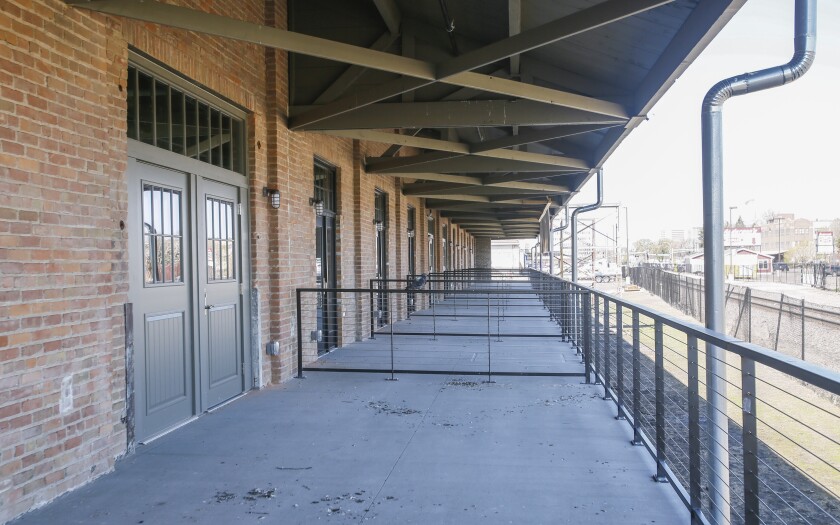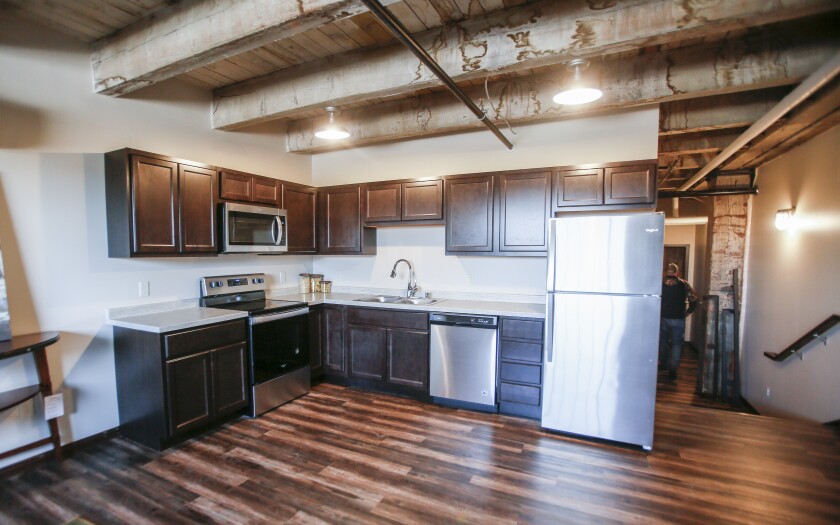MOORHEAD, Minn. — For more than 10 years, people have been breathing new life into old buildings across Minnesota with the help of a state tax credit.
As legislators work to finish the next two-year budget, some developers believe the restoration process will become too expensive to carry out if the credit is not funded.
ADVERTISEMENT
Developer and architect Kevin Bartram has used the state and federal historic building tax credits to revitalize several older structures in Moorhead and Fergus Falls.
Bartram, the president of MBA Architects of Fargo, said he used for the . The 1920s building was once the site of the largest potato storage facility west of Chicago.
He also used the state and federal credits to redevelop two buildings on the site of the former state mental hospital in Fergus Falls, also called the Kirkbride, where many of the structures are about 100 years old. There, he transformed what are called
If the state credit isn't funded again, he said, a planned 36-unit apartment project on the grounds won't be done unless his application is approved before the program would expire on June 30. Many of the buildings at the Kirkbride have been vacant for about 15 years.
"These older buildings just cost so much to remodel," Bartram said. "It can be more expensive than building new."
Only "historically significant" structures are eligible for the 20% state and 20% federal credits for the cost of the project, and Bartram said they aren't easy to obtain.
There's a three-part application, he said, and just because it's an older structure doesn't mean it qualifies. For example, he tried to get a credit for , but he found old armory buildings are common, so it's not deemed "significant."
ADVERTISEMENT
Erin Hanafin Berg, policy director for the nonprofit organization called Rethos, agreed the tax credits aren't often used because of the restrictions. In its 10-year lifetime, the state historic building tax credit was used on 140 projects, an average of about 14 a year.
However, she said, the credit was used across the state and seems to have a bigger return in Greater Minnesota, with a $16 gain for each dollar of the credit compared to $9.50 when counting the entire state.
"It can really give a new lease on life to areas of towns and spur new construction," Hanafin Berg said.
She said her group and others who work to revitalize older structures in Minnesota are making a major effort to see the credit extended.
One of the legislators who will have a say in the final decision is State Rep. Paul Marquart, D-Dilworth, who heads the House Taxes Committee.
He said the final decision is "up in the air," and the credit isn't ruled out until the budget is approved. That will likely happen during a special session in mid-June.
ADVERTISEMENT

Marquart said they are negotiating with the Senate on the bill, but "there are a lot of big fish competing in a small pot" of $88 million. Those are the remaining funds from the $754 million tax relief spending target Gov. Tim Walz set with Senate and House leaders last week.
Most of the money will provide tax relief to businesses who received Paycheck Protection Program federal aid and help unemployed Minnesotans who won't have to pay state taxes on their first $10,200 in benefits they received last year.
Marquart said some of the "big fish" looking for a piece of the remaining $88 million are veterans, public safety and housing advocates. The funds may also be used to address other pandemic-related concerns.
The Dilworth legislator said the historic tax credit would cost $19.6 million in the coming two years, which he said would be a big chunk of the remaining money.
"That's why it's a reason for concern," he said. "I wish we had another $100 million to work with."
ADVERTISEMENT












